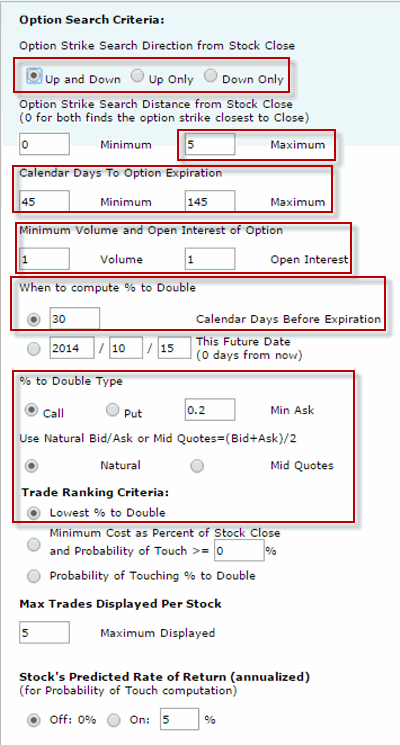In the May 2014 issue of “Technical Analysis of Stock, Commodities & Forex” magazine, I co-authored an article with John Broussard, a former colleague of mine. John is the purveyor of www.OptionsAnalysis.com and developer of the Darknet Channels trading method.
Now when I say that we “co-authored” the article, in this case that breaks down sort of like this:
John: Researched, tested, designed, developed, programmed, refined, launched and maintains the Darknet Channels system.
Jay: Ran spell check and grammar check.
In addition, Jay also wonders why – even though John thoroughly explained the calculations and methodology behind Darknet Channels – he still doesn’t full understand exactly how they work. Alas, some questions are best left unanswered. But hey, at least the spelling and grammar look good.
Darknet Channels: The Broad Stroke
In a nutshell, Darknet Channels involves calculations that draw three sets of price channels which we will refer to as long, intermediate and short-term channels. When all three sets of channels are pointing lower and long short-term and intermediate-term channels are contained within the longer-term channels, then the stage is set for a buy signal (a reversal in price is required first in order to avoid attempting to “catch a failing safe”).
Once a buy signal occurs then the system looks for the opposite configuration – i.e., all three channels are pointing higher and the short and intermediate-term channels are contained within the longer-term channels. Then the stage is set for a sell signal. Once again, reversal in price of some degree is required to trigger the actual signal.
Figure 1 displays some recent example signals for ticker SPY. Figure 1 – Darknet Signals for SPY
Figure 1 – Darknet Signals for SPY
Trading with Darknet Channels
www.OptionsAnalysis.com generates Darknet Signals for a large number of stocks. Also, the software generates signals on Stocks, Call Options and Put Credit Spreads. It likewise has its own built in methodology for selecting specific options to trade.
Not being one to leave well enough alone (Sorry, its jut my nature), I have my own list of tickers that I follow and my own method for selecting call options to consider based on the trading signals that the software generates.
My “short list” of tickers includes:
AXP BA DIA EEM IBB IWM SPY SSO XHB XLB XLF XLI XLP XLV XLY XOP
Also the method I use for selecting options for consideration uses the following inputs in the % to Double routine built into www.OptionsAnalysis.com:
Figure 2 – Jay’s Option Selection Inputs
The primary things to note among the inputs are:
*At least 45 days until expiration
*Volume and Open Interest of at least 1 (i.e., ignore call options that never trade)
*Use the “Natural” price (i.e., the ask price) for evaluation purposes (this give you an idea of what price you might get if you placed a market order)
I make no claim that these are the “best” selection criteria to use. They are based on certain personal preferences (I would rather buy a slightly longer term option than to have to “roll out”, I don’t like to look at options that never trade and I like to consider my “worst case, what price do I buy at if I place a market order” scenario, rather than assuming that I can get filled at the midpoint of the bid/ask spread). That being said, traders may often be better off buying with a limit order than a market order.
In sum a trader can follow the trades suggested by the software, use the criteria I have listed above, or device some other variation – for example, some traders might consider deep-in-the-money call options as a “stock replacement” strategy.
Some Recent Results
The results displayed in Figure 3 are hypothetical and represent just one recent set of results from using Darknet Channels buy signals and the option selection criteria shown above. It is assumed that $2,500 is dedicated to each trade. Figure 3 – Hypothetical Results of Recent Darknet Channels signals
Figure 3 – Hypothetical Results of Recent Darknet Channels signals
The results in Figure 3 do not include any deductions for slippage or commissions, so net returns would be less than they appear in this table. Still, the gist is that investing up to $2,500 into each of these 8 positions – at a cost of around $20,000 – would have generated close to a doubling of capital before slippage and commissions.
Summary
No trader should look at any set of hypothetical results and come away with stars in their eyes. The market had a great rally off of the October low so good gains were obviously there for the taking for call buyers. But the real point of this piece is not so much to “sell” you on Darknet Channels as it is to make you “aware” that a mechanical and back tested model is available that can generate these types of returns under the right circumstances.
For more information visit www.OptionsAnalysis.com.
Jay Kaeppel

